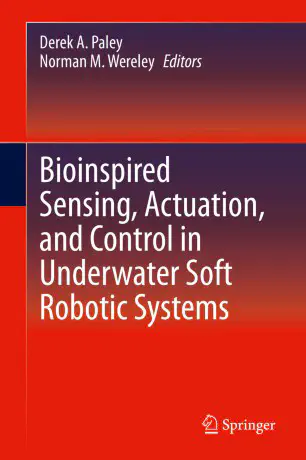Ionic Polymer-Metal Composite (IPMC) Artificial Muscles in Underwater Environments: Review of Actuation, Sensing, Controls, and Applications to Soft Robotics

Abstract
In the field of soft robotics, ionic polymer-metal composites (IPMCs) have shown great promise in the advancement of bioinspired actuators and sensors. Their affinity for use in aqueous environments, as well as their low-driving voltages (<5 V), large deformation performance, and capacity for miniaturization, makes them excellent candidates for biomimetic soft robotic systems. Scientists and researchers have explored the many possibilities of using IPMCs in underwater applications as actuators and sensors. This includes the development of artificial fins and other biocomponents such as cilia arrays, artificial skin, and sensing systems akin to fish lateral lines. Herein, the current advances and implementation of the IPMC-based artificial muscles are discussed. This includes an overview of the material and fabrication techniques, examples of bioinspired actuator and sensor designs, utilization of shape memory properties and segmented electrodes for more complex actuation, as well as the application and performance of fabricated devices in underwater environments.